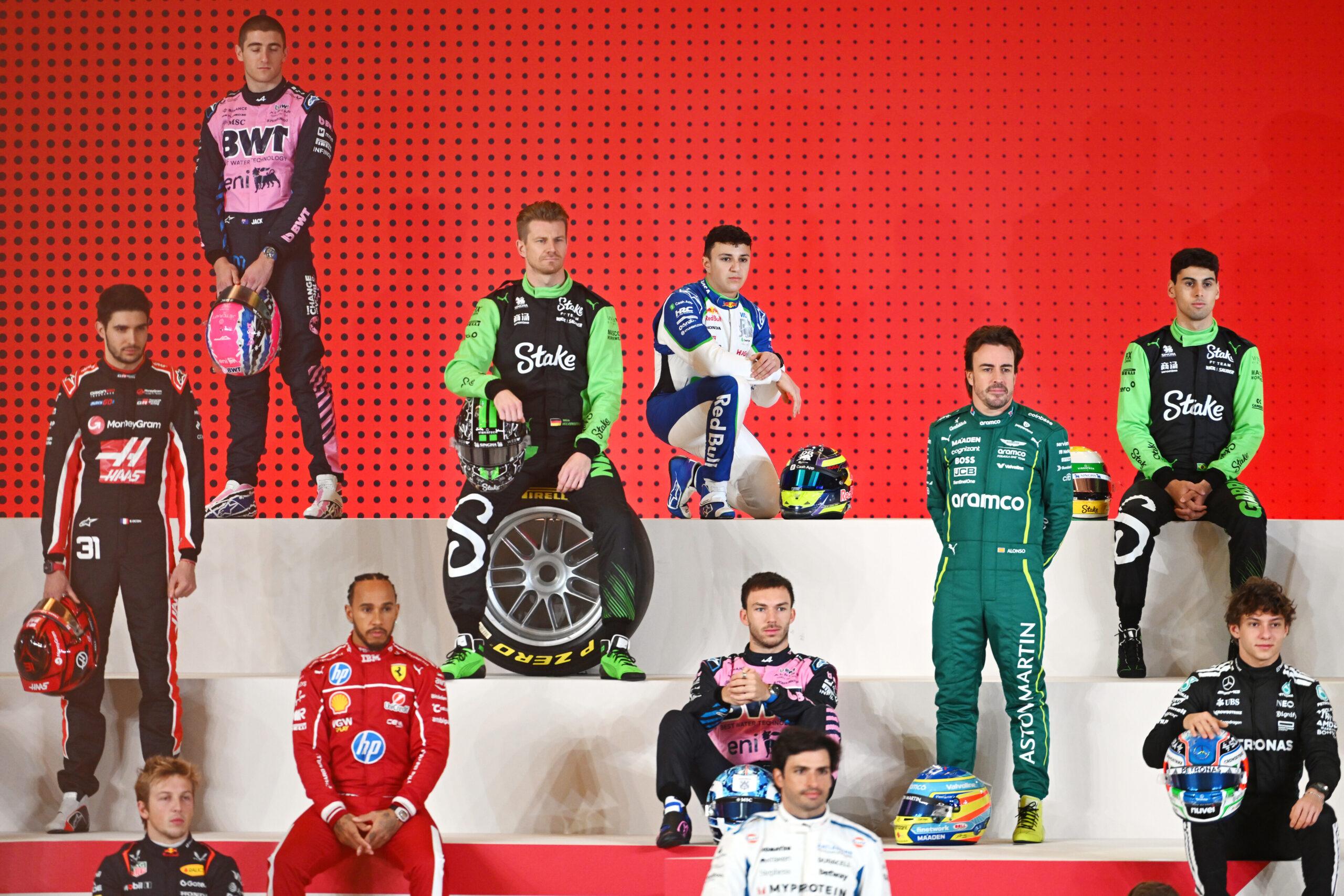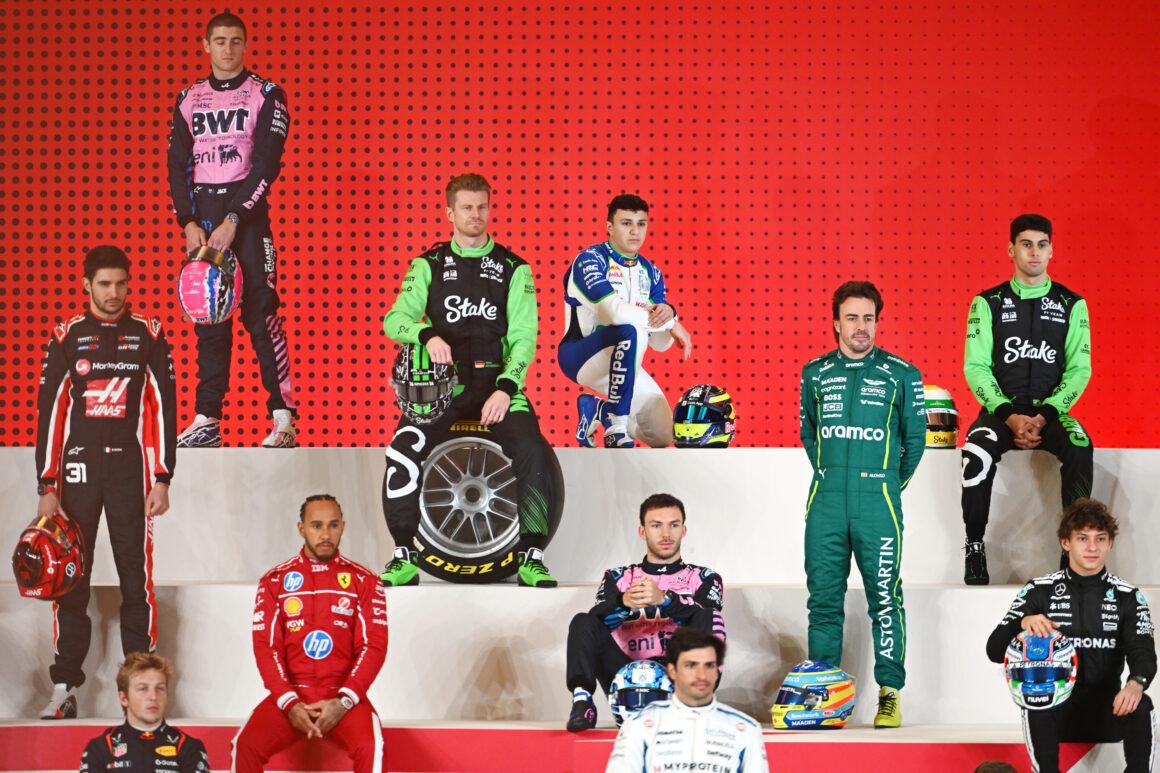Short answer: yes, but not nearly enough. Formula 1 has seen women on the grid, in the garage, and on the pit wall — just not often and not consistently. The history is real, the path is brutal, and today’s ecosystem is finally putting proper fuel in the tank. Did anyone say overdue? Absolutely.
Let’s slice through the noise. Only a handful of women have started a World Championship race, one has scored points, and none have lined up on an F1 grid since the early 1990s. But look around the paddock now: F1 Academy exists, modern teams are testing female talent, and the sport’s power structure is no longer a boys-only clubhouse. Progress? Crawling forward — but moving.
The Women Who Raced in F1: A Short, Sharp Roll Call
Five women have officially entered a Formula 1 Grand Prix weekend. Two made race starts. One scored points. Read that again. It’s not a myth; it’s a stat sheet that’s been gathering dust because teams wouldn’t take the gamble. That’s changing — slowly.
Maria Teresa de Filippis kicked the door first. De Filippis became the first woman to race in F1 in 1958, qualifying for Belgium and finishing 10th. She also entered Portugal and Italy but retired from both. Monaco 1958? Failed to qualify. Brutal era, zero power steering, and she still showed up. Respect earned.
Lella Lombardi: The Point-Scorer
Next came Maria Grazia “Lella Lombardi,” who made real history. In the chaotic 1975 Spanish Grand Prix — red-flagged early — she finished sixth and took half a point. She remains the only woman to score in F1. She nearly did it again with seventh at Germany that year. Talk about value for money.
Her era wasn’t kinder. Less technology, fewer safety nets, minimal support. She still grabbed her moment. The rest? File under: the sport wasn’t ready, or just not willing.
The Qualifying Battleground: Galica, Wilson, Amati
Divina Galica (1976) and Desiré Wilson (1980) tried to qualify at their home British Grands Prix. Both failed. Not for lack of skill — they were hustling brutal machinery in ruthless fields. The margins were razor-thin, the politics thicker.
Giovanna Amati turned the last page of that era in 1992. She attempted to qualify for three races. No start. And since Amati? No woman has even attempted to qualify for a Grand Prix. That silence? Deafening.
Modern Era: Not Racing Sundays, But Kicking Down Doors
Female drivers haven’t been racing on Sundays, but they haven’t disappeared either. Teams brought women back into the cockpit — cautiously. In 2014, Susie Wolff drove FP1 sessions for Williams at Silverstone and Hockenheim. First woman in a Grand Prix weekend since 1992. Small step, big symbol. She later became the driving force behind programs to grow women’s involvement across motorsport.
In 2023, Jessica Hawkins tested Aston Martin’s AMR21 at the Hungaroring, clocking serious mileage in modern machinery. That’s not PR fluff — that’s development time in a current-era F1 car. Somewhere, a PR manager exhaled; somewhere else, a talent pipeline finally got a drip-feed.
F1 Academy: The Pipeline F1 Should’ve Built Decades Ago
Welcome to the rebuild. The F1 Academy, launched in 2023, is Formula 1’s in-house series designed to push young female drivers up the ladder toward F3 and F2. Translation: more track time, better prep, actual funding, and a platform that lives on F1 weekends. At last.
The car is a Tatuus F4-T421. Think: proper junior single-seater, the real foundation. Teams involved are proven player-coaches from F3/F2. Calendar? Seven rounds, 14 races in its inaugural season, now integrated even tighter with F1. The competition? Not a charity. It’s sharp, and it should be.
Champions, Favorites, and Momentum
In year one, Marta Garcia went full send and walked away with the title. She won races, stacked poles, and secured a funded seat in Formula Regional by Alpine. That’s the ladder working, finally. Lights out and away we… oh wait, Garcia already won.
In 2024, watch for Doriane Pin, a factory-backed prodigy with pace across categories. If you’re still calling this a novelty, you’re behind. The plot thickens like a team’s excuse list when the strategy goes boom.
Why Haven’t We Seen a Female F1 Race Driver Recently?
It’s not biology; it’s supply chain. The pipeline has been broken for ages. Too few girls in karts, too few seats in junior series, too few sponsors willing to bet on talent without a pre-written script. That creates a drought at the top. Simple math, ugly result.
Now, programs actually exist. F1 Academy funds, mentors, and showcases. The grid is no longer a locked room. Will this deliver a female driver to the F1 race grid? That’s the test. The stopwatch doesn’t lie.
Women Changing F1 Off the Track
If you think impact only happens in the cockpit, you haven’t watched a Grand Prix lately. Hannah Schmitz, Red Bull’s Principal Strategy Engineer, has made calls that turned tough Sundays into victory parades. Her Hungary 2022 call? Chef’s kiss. The competition? Reduced to expensive spectators.
Leadership matters too. Monisha Kaltenborn became F1’s first female Team Principal at Sauber in 2012. Claire Williams ran Williams through a turbulent era. And in the garage and paddock, professionals like Angela Cullen pushed performance standards sky-high. The sport’s backbone? Not just carbon fiber.
Beyond F1: Women Winning Elsewhere
You want receipts? They exist. Danica Patrick won in IndyCar and finished third at the Indy 500. Lilou Wadoux became the first female class winner in FIA WEC in 2023. Sophia Flörsch? Grinding through F3, DTM, and LMP2 like a driver who didn’t get the memo about limits.
Translation: the talent pool isn’t shallow. It’s been underfunded, under-scouted, and under-publicized. That’s changing. Slowly. Painfully. But changing.
Quick Facts: Female Participation in F1
- Five women have officially entered a Formula 1 Grand Prix.
- Two made race starts: Maria Teresa de Filippis and Lella Lombardi.
- One scored points: Lella Lombardi (half-point, 1975 Spain).
- Last attempt to qualify: Giovanna Amati, 1992.
- Practice/test entries include Susie Wolff (2014) and Jessica Hawkins (2023 test).
- F1 Academy launched 2023 to develop female drivers toward F3/F2/F1.
So, Are Women Allowed in F1?
Of course. There’s no rulebook barrier. The obstacles have been structural: access, funding, seat time, and patience from teams. Now, with F1 Academy and visible role models in and around the paddock, the excuses are running out. About time.
The next woman to race in F1 won’t be a token. She’ll be fast, hardened by junior formulas, data-driven, and media-proof. And when she arrives? She won’t just race. She’ll send everyone else back to karting school.
What Needs to Happen Next
Stop treating progress like a side quest. F1 Academy must remain funded, embedded in F1 weekends, and linked tightly to F3 seats. Manufacturers need to put their badges — and budgets — behind real prospects. No more photo ops without mileage.
Give talented drivers test days in current cars. Get them on simulators full-time. Back them through bad weekends. That’s how champions are made. Bold strategy: do the things that actually work.
The Bottom Line
Yes, there have been female F1 drivers. Yes, one scored points. No, the sport hasn’t delivered a regular female racer in decades. But the tide is finally turning. Slowly. Relentlessly. The next breakthrough won’t be a miracle. It’ll be the result of deliberate investment and unapologetic ambition.
Grab your popcorn. The future’s warming up in the pit lane. And somewhere, a stopwatch is about to get humbled.

